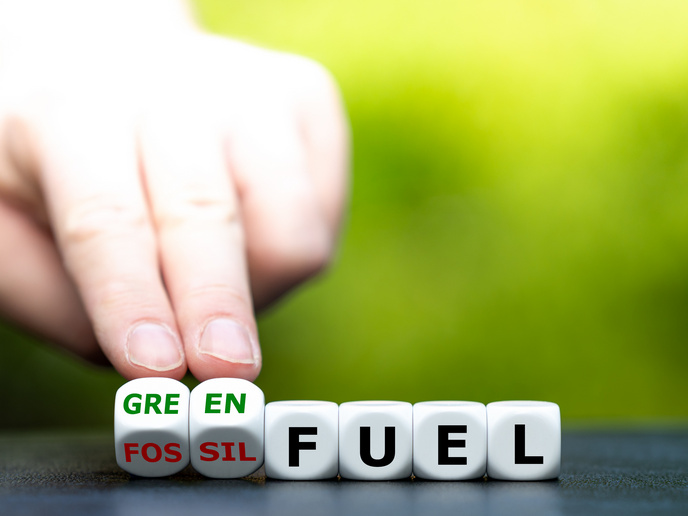Taking co-combustion to the next level
Increased concentrations of CO2 emissions in the atmosphere has wreaked havoc on the global climate as it is contributing to the greenhouse effect. This is mainly due to the wide utilisation of fossil fuels such as coal that is being burnt in power plants in increasingly large quantities. On the other hand, landfills have a limited capacity and have the prospective danger of long-term reactions. Furthermore, more restrictions on the dumping of organic waste material are likely to occur. Thus, the need for alternative means of disposal is needed for the future. The key factor involved in the alternative means of disposal is the separation of waste streams and specific treatment methods in order to re-utilise them. Most waste materials are composed of only a few major components such as paper, plastic and wood, for example. Consequently, a main objective was to determine impact various pure wastes have on the combustion, emission and operation processes. This way, a prediction was made regarding the behaviour of waste mixes in order to arrive at the preferred process settings. The experiments with main components of waste mixes were first conducted in lab scale and then testing them at pilot and large scale. A survey about the status quo in Germany showed initially that co-combustion of limited shares of supplemental fuel is technically feasible. It has been found that co-combustion of biomass, wastes or other residual material in coal-fuelled power plants generates many advantages regarding efficiency, cost and certainly the environment. For further info click at the project site: http://www.eu-projects.de/sefco(opens in new window).







